6 questions to ask for constructive feedback
Published on July 30, 2025
6 questions to ask for constructive feedback
Creating a feedback culture is vital.
You can see it everywhere, from inspiring Linkedin posts to articles in the specialized press. And quite rightly too! Too often perceived as criticism, feedback is actually a great tool for business efficiency. It engages all parties, creates a positive working atmosphere, helps projects to move forward and people to grow. On one condition: that it is done the right way.
Here are the 6 questions you need to know yo ensure effective and constructive feedback exchanges with your team.
65%. This is the percentage of employees who would like to receive more feedback about their work, according to a study by Officevibe. Evidence, if any were needed, that we can’t do without feedback these days.
But what do we mean by feedback? Is the feedback sought? Is it a discussion? A critique? Ask your peers what feedback means to them and you are likely to get very different answers. Because feedback, if needed, is not always given in the same way, nor in the same conditions. However, you have already prrobably heard of constructive feedback. It is based on three key aspects:
Obviously, constructive feedback is given in group retrospectives and one-on-ones, but that is not all. It can also be given every day, easily, as an aside to a conversation, when working on a project, at any time. All your interactions can become a source of feedback.
To make sure your feedback is effective and constructive, here are some questions that you need to ask your team.
Start by being interested and adopting a caring stance, and ask a question that focuses on initiatives.
Too often, feedback is used as a catch-up or corrective tool. You need to think differently.
On the contrary, valuing success is particularly important for constructive feedback. Countless academic studies conducted by specialists in psychology and social sciences back this up. And some of these are over 20 years old. This is not something new. More often than not, when people get positive feedback they take more interest in their job and feel more engaged.
Erik Perey is a corporate engagement specialist and founder of his own company, E Comme. Recently interviewed about feedback culture at a workshop organized by Klaxoon, he explained:
I think the best practice for engaging employees is to celebrate micro-victories. And I would even say celebrate effort. Because success is the sum of small efforts.
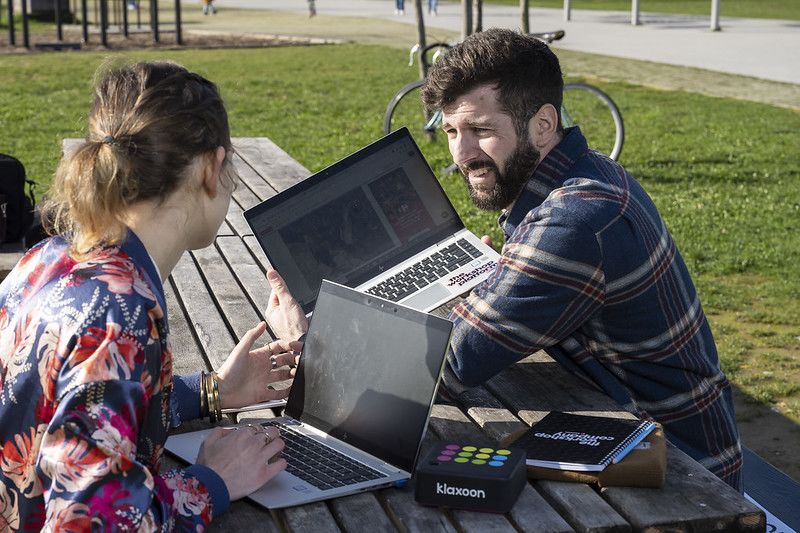

By noticing and celebrating your successes, you can capitalize on this and continue to make progress.
The Harvard Business Review goes one step further: it is more effective to base your progress on strengths rather than weaknesses, because when others focus on our qualities it accelerates learning. By contrast, focusing on our weaknesses blocks it.
In other words, try to do better what you already do well. Not only is it easier for your brain, but it is also more rewarding.
Remember: you have to talk about what is going well and what is not. These are the two sides of the same coin. While it is vital to emphasize the positive, the challenges shouldn't be neglected. However, there are ways of discussing challenging issues constructively.
Firstly, in the way you formulate your question. Instead of focusing on the negative, focus on how to solve the problem. Hence the idea of asking what the challenges were, rather than asking why this or that didn't work.
Secondly, in how the negative aspects of feedback are handled. Focus on objective, quantifiable facts, rather than feelings. In an interview with Maddyness magazine, Anne Levi, VP Business Performance and Operations in France at Aviv Group, explains how to address the negative aspects of feedback:
Nobody likes to hear what they did wrong. What is important is to present it not as a final judgement but as a way of improving. Everyone can improve; that’s the principle of feedback.
Feedback is a dialog, a discussion that only works when both parties are willing to listen to each other to actively improve.
So we have seen the evidence. We have looked at the positive and the less positive. We have the facts. Now, what do we do? Time has come to ask yourself this question.
Gathering feedback is just one step. It is only as effective as the actions it produces. To conduct a constructive and balanced review, you must be able to propose solutions. The "we" in the question implies both giving and receiving.
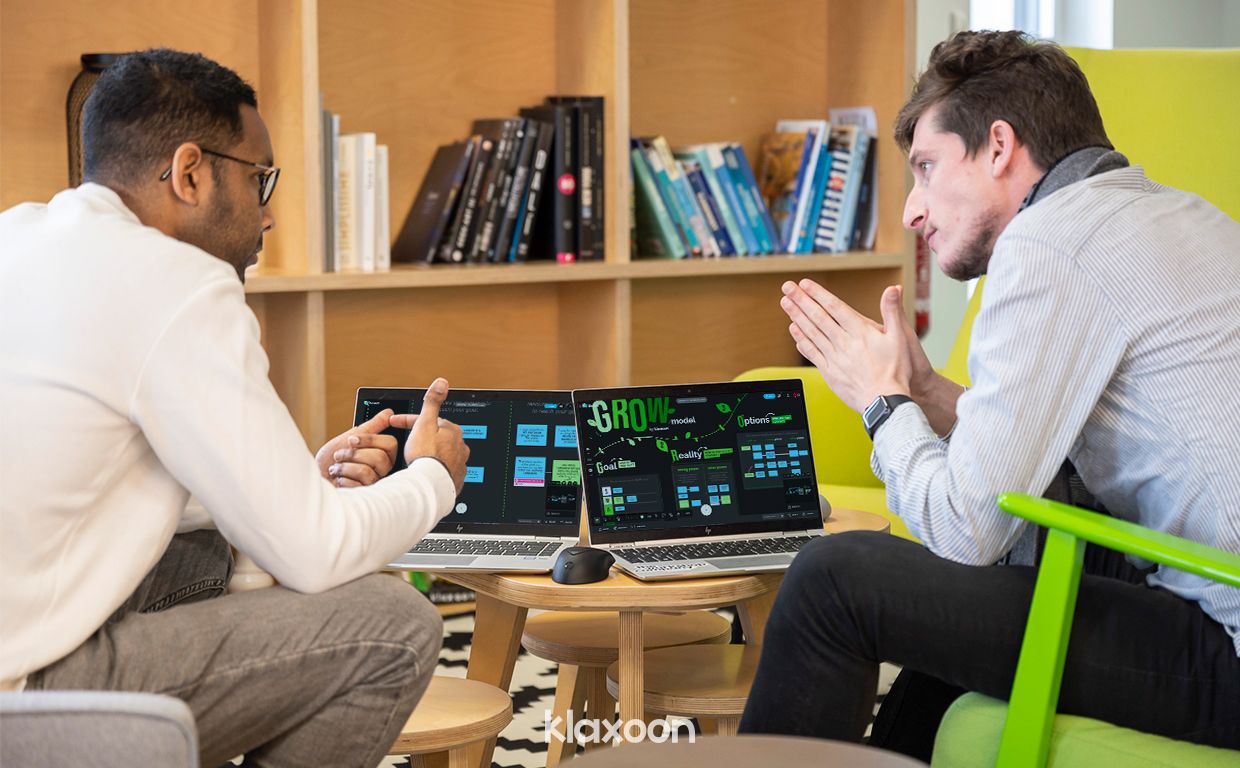

With feedback, you have to build the means to succeed together.
For feedback experts, working together is essential. Nicolas Desbordes, Customer Success Consultant at Klaxoon, says:
When asking for feedback, there must be a goal, be it participatory or collaborative. In the first case, we listen, we consider what the other person has to say, but it’s the person who receives the feedback who decides what they hold on to. In the second case, the discussion continues until an agreement is reached.
Both options are equally valid, provided that everyone is clear about the chosen method. The key here is to start a dialog that will help to set in motion an effective action plan.
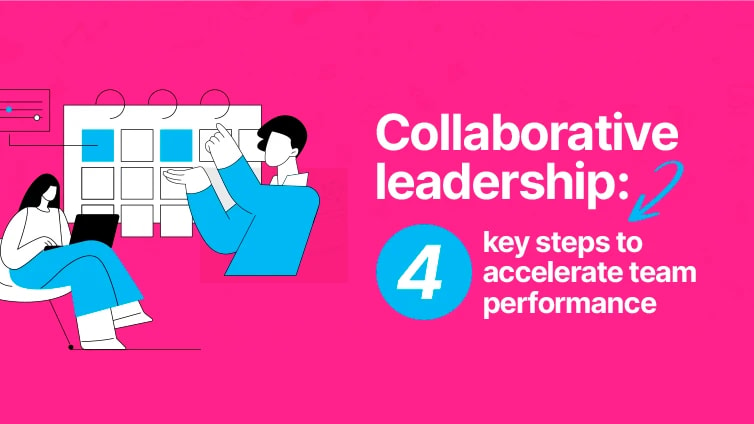

Now you have reached the decisive phase that comes after your feedback session. Just as with design thinking, you are at the prototyping stage, implementing the action plan that you defined using the previous question.
This question can also be used to make interviewees feel more engaged. To implement this action plan, you can use the KISS (Keep, Improve, Stop, Start) model. These four categories will structure your actions. You decide which actions to keep, those to be improved, those to be stopped immediately and those to start, based on the solutions discussed in the previous question.
Constructive feedback thus becomes more meaningful. The resulting performance helps to build a solid foundation for an engaged team.
Asking your interviewee exactly how you can help him or her is very important. It has already been said, but feedback is a dialog between two or more people, which implies that it is given and received, but above all that the actions it leads to must be agreed by all those involved. Solutions come from both sides.
In a post published in Forbes in the summer of 2020, Management Strategy Specialist Mark Nevins explained how the feedback he gave to one of his female employees naturally produced a joint action plan.
Following our discussions, my colleague was quick to tell me what she expected of me and it’s thanks to her remarks that I can become a better manager and a better coach for her. Finally, this feedback simply involved listening carefully and applying two or three ideas to help me improve.
Reciprocal discussions mean the feedback process naturally leads to people wanting to move forward together and make progress together.
These types of questions will help you engage with your team. Marc Guillemot is a very experienced skipper who prepares for races with a very large team. He is convinced of the importance of sharing:
An engaged team is a team that is in tune with each other. Each member is in tune with each other and with the skipper. This attitude inspires confidence in the whole group.
Asking for and arranging the next feedback session is perhaps the most important question of all. Feedback is only effective if it is continuous. Absolutely all the specialists stress this. And employees agree.
According to a joint study by Klaxoon and Professor Steven Rogelberg, a specialist in professional organizations at the University of North Carolina, employee engagement is much greater when employees receive feedback on a regular basis. This is a long way from the one annual performance review. And more than the feedback session itself, it is about encouraging team rituals. These recurring team events cement the relationships between colleagues and managers.
Laurent Reich is Learning Tech Director and HR Data Domain Owner at L'Oréal. He is a big fan of continuous feedback, too:
The more you see each other and the more you give feedback, the more there is to say and the further you can progress together.
Team rituals boost progress and motivation, two factors that improve engagement in the working environment. Which is why it is so important to give feedback continuously.
Okay, we are cheating a bit. This isn't really a question. It is more like an extra tip: keep track of your discussions when you give feedback.
First of all, this means you can go back, if need be, to check a point or clarify it. Secondly, it means you can start off from the same point for your next feedback session. You can see straight away if the agreed goals are being met or will be soon, if needs are being expressed, basically if your action plan is on the right track.
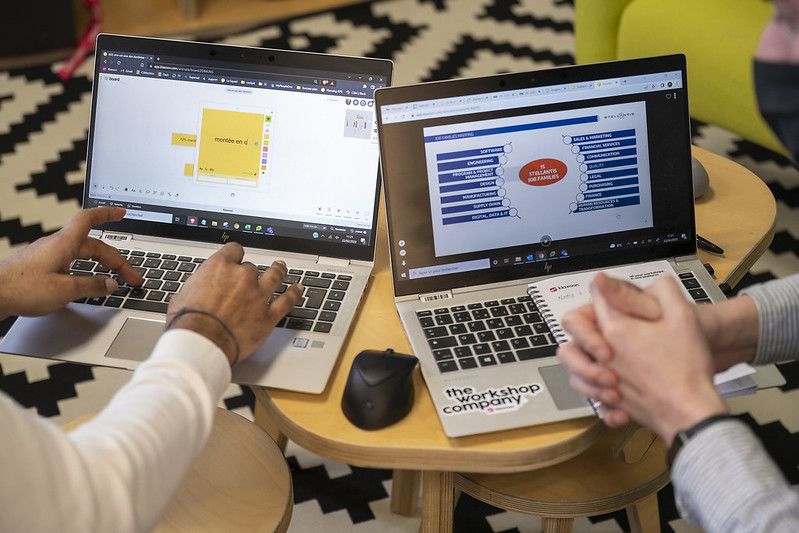

Taking notes is essential to monitor feedback effectively.
To make your note taking easier and more effective, there are ready-to-use templates to provide high-quality feedback whatever your needs are. Whether you have to do a project's retrospective or a performance review, whether you need to do it on a weekly or monthly basis.
But don’t forget! For constructive feedback, take a balanced approach, look for solutions, focus together on what can be done, and you will boost efficiency and improve engagement at work! And above all, do it regularly.
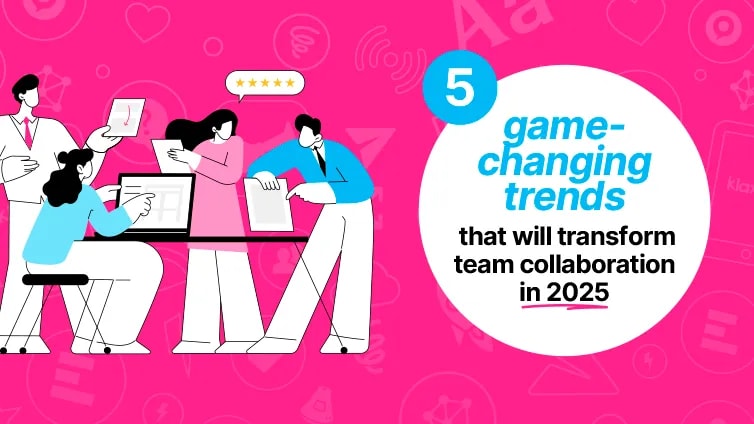

Unlock your teamwork potential